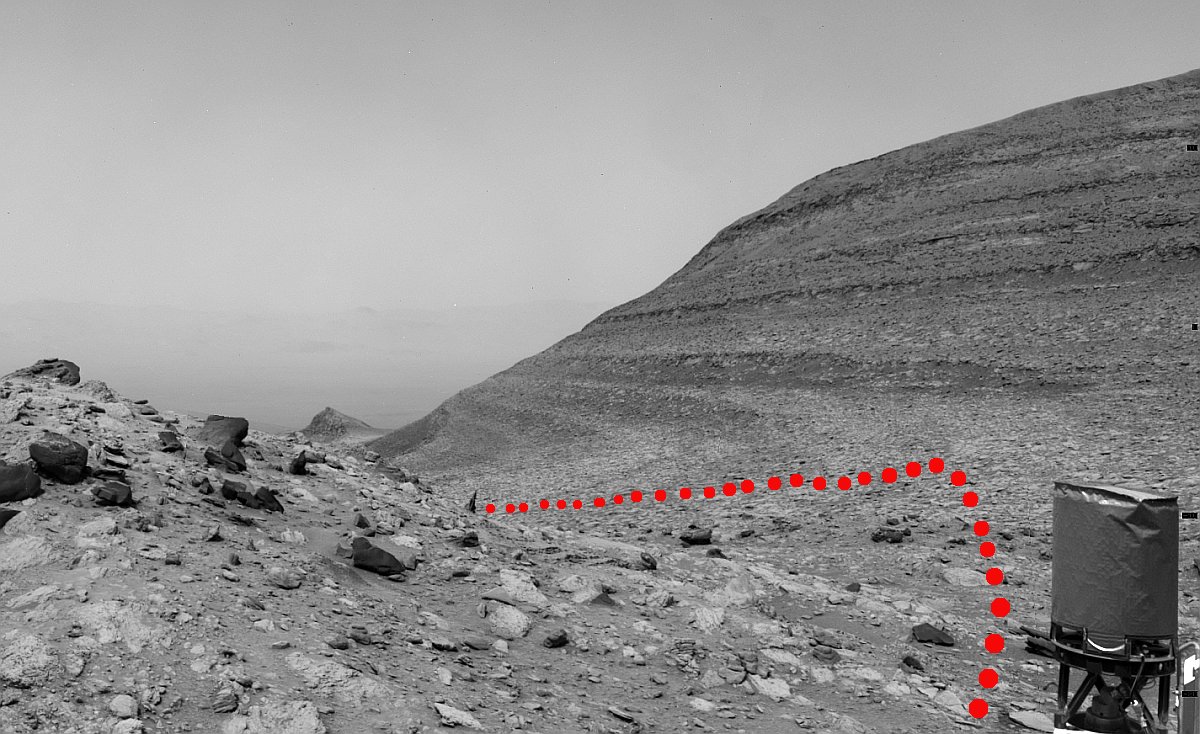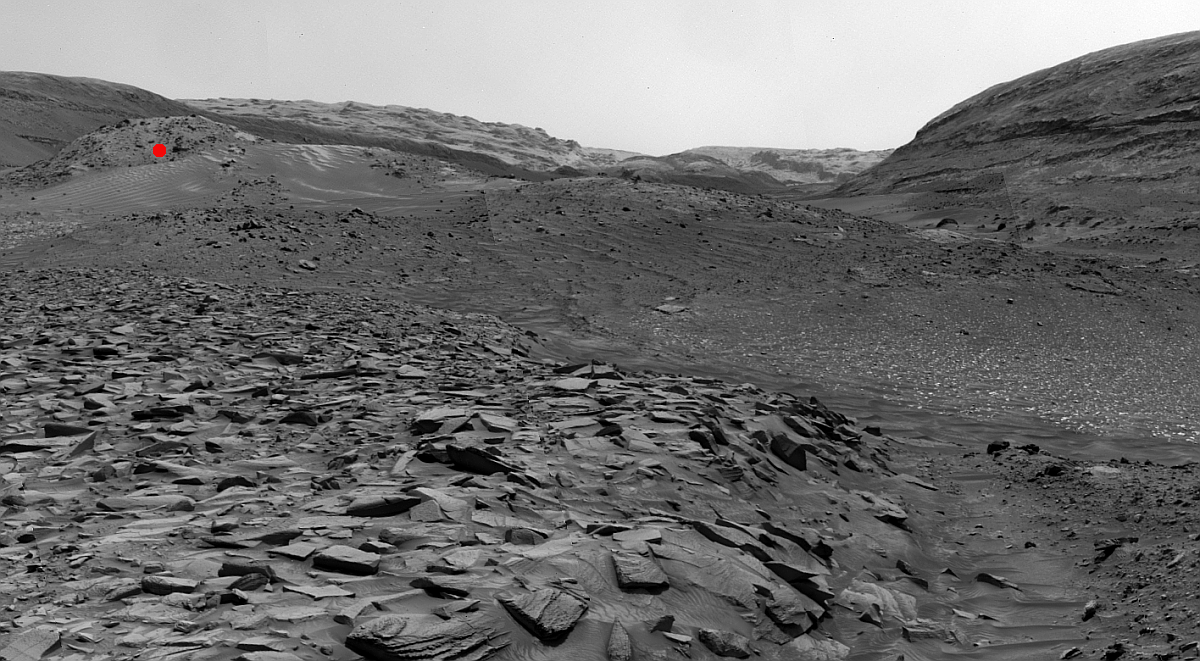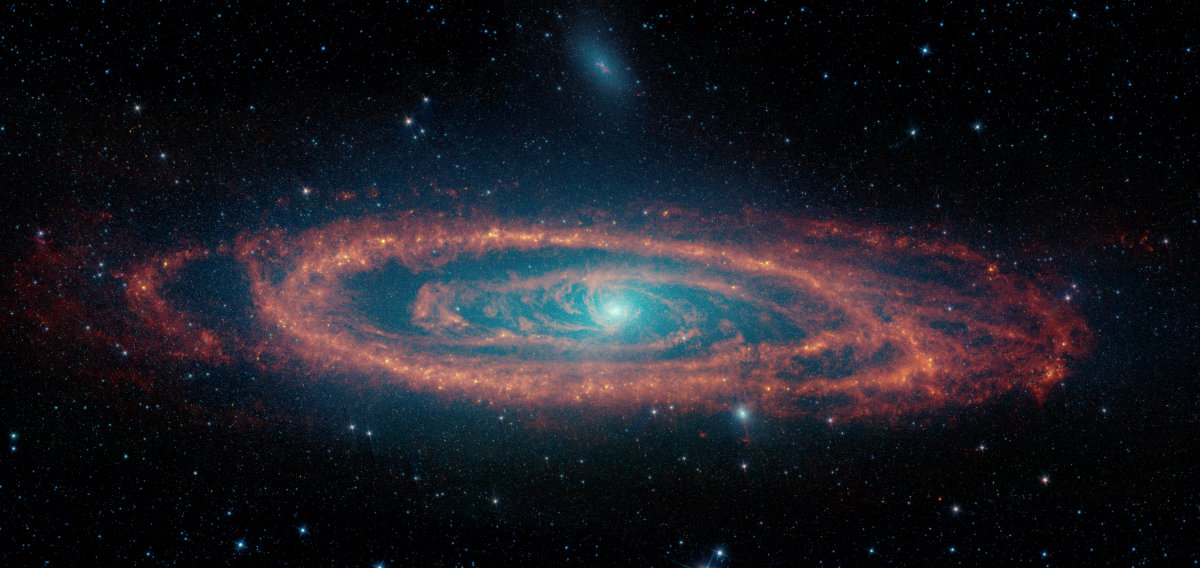We’re here to help you! Really! Late yesterday, in a typical Friday story dump just before the weekend to reduce any notice, the FAA announced it has begun a new environmental impact statement (EIS) of SpaceX’s Starship/Superheavy launchpad infrastructure being built in Florida, working in parallel with a similar environmental impact statement now being conducted by the Air Force.
The EIS will be the second environmental review involving SpaceX’s plans to use LC-39A for Starship launches. NASA completed an environmental assessment (EA) in 2019 of the company’s plans at the time to build launch infrastructure at LC-39A for Starship, finding it would have no significant impact. At the time SpaceX was planning up to 24 Starship launches from that pad annually. A new EIS, the FAA concluded, is needed because of changes in the design of Starship and its operations since the 2019 assessment.
The FAA claims a new assessment is needed because SpaceX is now planning as many as 44 launches. The Air Force has not said why its new assessment is needed. That EIS, which began in March, covers a launchpad previously used by the Saturn-1B and Delta-4 rockets from 1964 to 2022, another pad use by the Air Force’s Titan rocket from 1965 to 2005, as well as a new pad, dubbed SLC-50.
LC-39A meanwhile has been used for launches since the 1960s. The Saturn-5, the space shuttle, and the Falcon 9 all launched from this pad.
The dishonest absurdity of these impact statements can not be overstated. There is zero reason to do new assessments. All the pads have been in use for decades, with all kinds of rockets, some comparable to Superheavy/Starship. The environment and the wildlife refuge at Cape Canaveral have both thrived.
Moreover, to force completely new impact statements because the design and plans for Superheavy/Starship have changed somewhat (but not fundamentally) is even more stupid. This is a new rocket, being developed day-by-day and launch-by-launch. Will the FAA and the Air Force require new EIS’s every time SpaceX changes anything? It seems so.
This is clearly lawfare against Elon Musk and SpaceX by the White House and the administration state. It doesn’t like Musk, and it is now searching at all times for ways to block or damage him.
I confidently predict that neither statement will be completed by the end of 2025. Based on the timeline of most EIS’s, which when politics are involved are almost always slowed by the legal action of activists, the earliest either will be approved will be mid-2026, though likely later.
What is not clear is whether the FAA and Air Force will stop all work while this red tape is being unwound. If so, then the first operational launches of Superheavy and Starship cannot happen out of Cape Canaveral until well into 2027, which means NASA entire Artemis program will be seriously delayed. My previous prediction that the first manned lunar landing can’t happen before 2030 is becoming increasingly too conservative.
And remember this: If Joe Biden and the Democrats remain in power after November, all bets are off. At that point they are certain to ramp up the lawfare against those they see as political enemies, even if their targets are doing great things for the nation and the American people.















